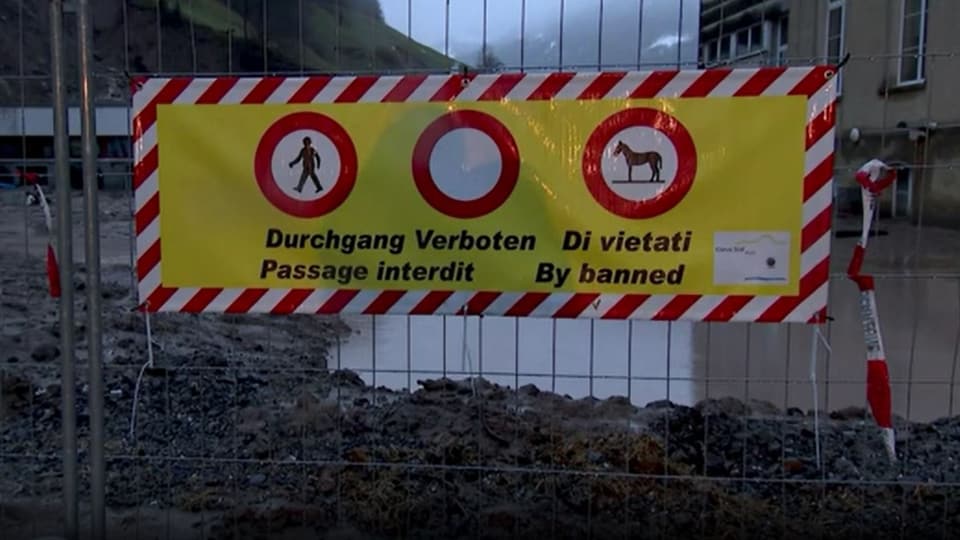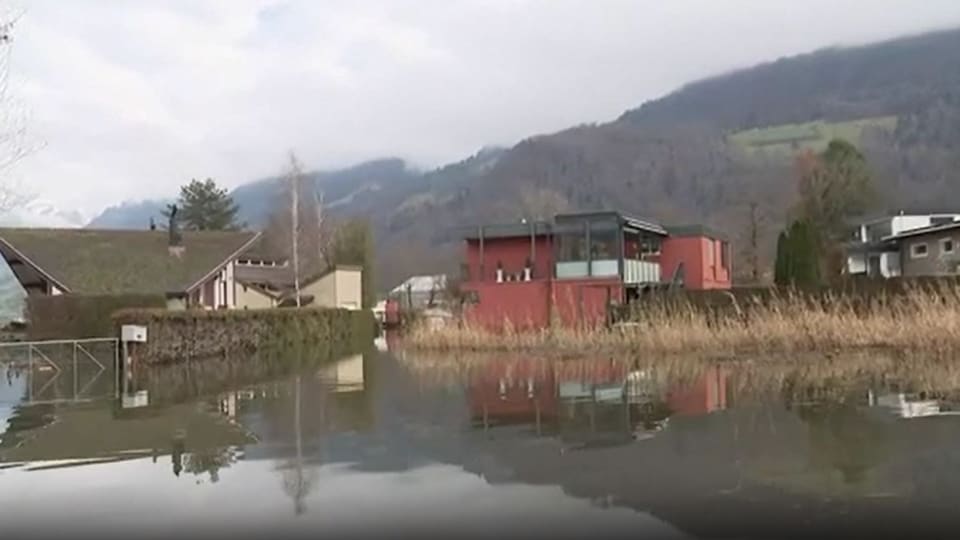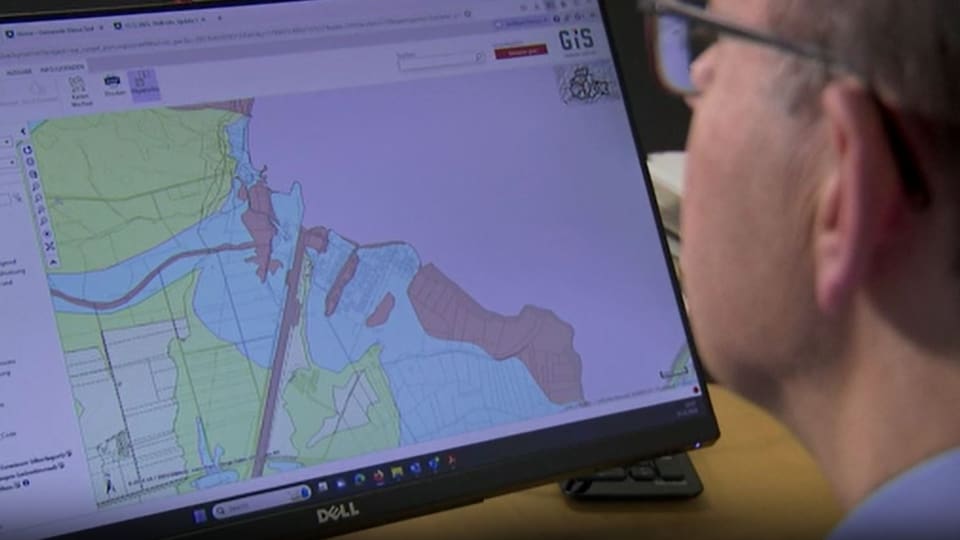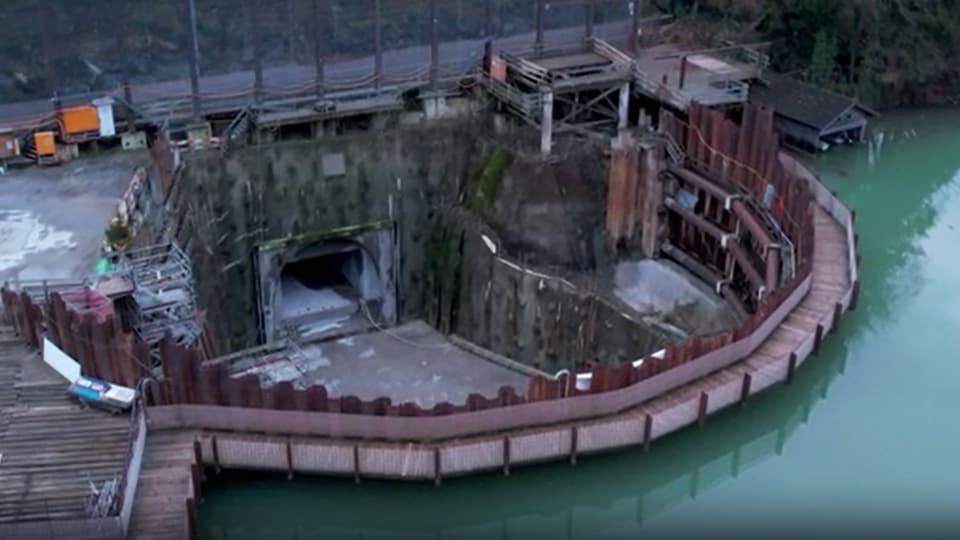Contents
Now it is definite: After the landslide in Schwanden, 40 people are no longer allowed to return to their house. Dangerous natural events are not uncommon in Switzerland; around 1.8 million people live in danger zones. How do you deal with that?
When tens of thousands of cubic meters of mud fell in Schwanden in the canton of Glarus at the end of August, the scene was one of destruction. Six houses were completely buried and around three dozen were damaged. The affected area has now been declared uninhabitable; the risk of further rockfalls is too great.

Legend:
The area in Schwanden affected by the landslide was declared uninhabitable.
SRF
The landslide missed the Laurant couple’s house, but the situation remains dangerous. “It opens up incredible wounds that opened up in our lives from one minute to the next,” says Michel Laurant. You are one of the 40 people from Schwanden who are definitely no longer allowed into their house.
1.8 million people live in danger zones
Dangerous natural events are not uncommon in Switzerland. According to the federal government, around 1.8 million people live in potentially endangered areas. Lake Sarnen, for example, often overflows its banks – around 30 times in the last 20 years.
“People moved their things up. The garages are so empty that as little damage as possible occurs. People have had to do this a few times,” explains the mayor of Sachseln in the canton of Obwalden, Knut Hackbarth.

Legend:
The residents of Sachseln know how to prepare for flooding.
SRF
Special requirements apply to the houses in the Riet district. Living spaces must be built four meters above ground level. Many residents are prepared for the flood.
The former architect Ernst Spichtig lives in the village himself and has built several houses in the Riet settlement. Today he sees this critically. The place is only suitable for holidays.
“You never go to the Riet to live or build. That is a principle. At that time, the canton made a building area there so you could build there. We as architects were happy to accept that.”
Is building in danger zones still responsible?
Despite the risk of flooding, you can still build in Sachseln. But is this even responsible given the knowledge of natural hazards?
It depends, says Christoph Hegg from the Swiss Federal Research Institute for Forests, Snow and Landscape.
If you can’t build a building in a way that doesn’t endanger the people inside, it doesn’t make sense.
“When it comes to standing floods, you can raise the house so that it is not at risk of flooding. Then you can set it up in an area that is fundamentally at risk. But of course there are places where that doesn’t make sense. If there is a threat of a brutal process, like a landslide or a serious avalanche, and you can’t build a building like that in a way that doesn’t endanger the people inside, then it doesn’t make sense.”

Legend:
Only in certain cases is it still responsible to build in areas with natural hazards.
SRF
The supposedly harmless flooding also causes problems. The general public must bear the costs. So why is there a settlement in such a place?
“I’m not aware of that,” says the mayor of Sachseln. “It’s partly history and partly also how much more water you suddenly have to cope with, perhaps over 100 or 200 years, because events are becoming more extreme.”

Legend:
A tunnel in Sachseln is supposed to provide relief from the flooding.
SRF
The residents of Sachseln can expect more rather than less water. In order to relieve pressure on the entire region around the lake, a tunnel will be built that will allow water to be drained from 2025.
